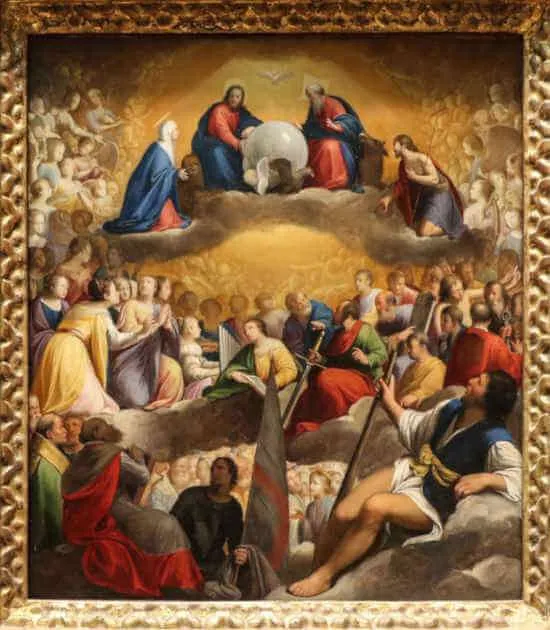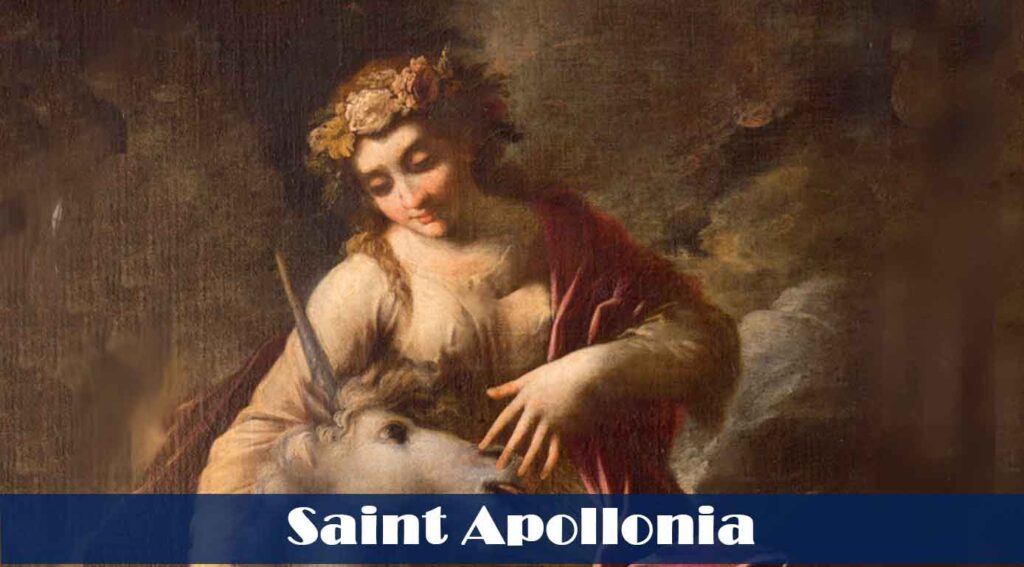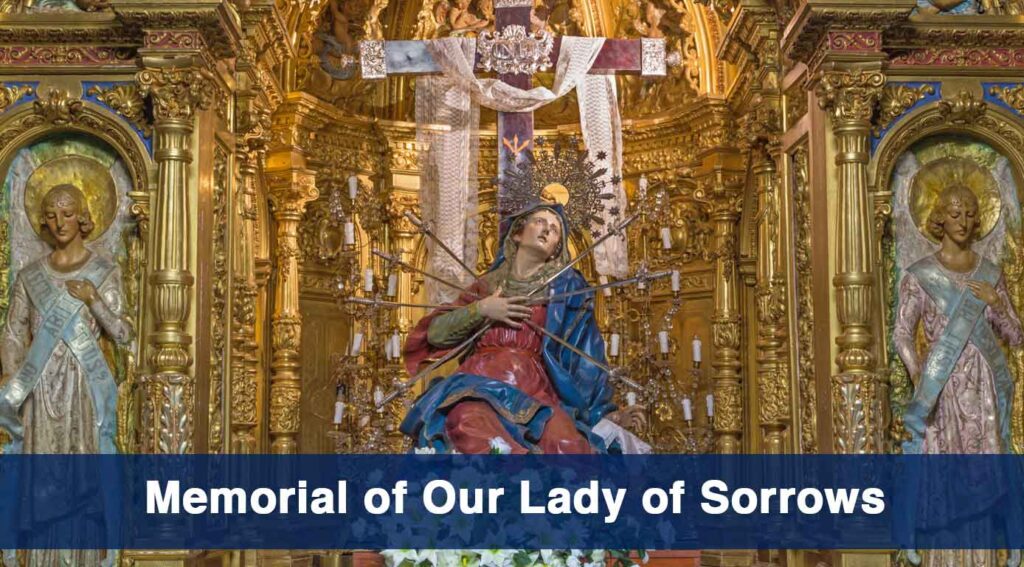Holy Day of Obligation
Today, we celebrate the Solemnity of All Saints, a celebration honoring all men and women who have entered Heaven. While this includes every soul in Heaven, the focus is particularly on those who led extraordinarily holy lives on earth and that the Church has canonized as saints. These individuals honored God in a variety of ways: through deep prayer and mystical union, through enduring martyrdom or other forms of religious persecution, and through acts of service, such as caring for the needy or teaching the faith. Some saints were powerful preachers or miracle workers. Others were leaders, some lived in obscurity, and still others experienced exile or made significant personal sacrifices for their faith. In various ways, these saints glorified God during their lifetimes.
By honoring this host of saintly witnesses, we honor and glorify God through their lives. By honoring them, we honor Him Who made them holy. This liturgical solemnity is but a foretaste of the eternal Solemnity of Heaven. Heaven will be the eternal glory of God through the lives of all His saints. In Heaven, the virtues, sacrifices, prayers, and selfless service of all the saints will radiate as beacons that eternally manifest the great mercy and goodness of God. The life of every saint in Heaven will become a continuous chorus of praise and worship of God, intertwined with the nine choirs of angelic hosts. With the Seraphim, Cherubim, and Thrones, the saints will cry “Holy, Holy, Holy…” With the Dominions, Virtues, and Powers, the saints will participate in God’s providential care of the New Heavens and Earth. With the Principalities, Archangels, and Guardian Angels, the saints will celebrate God’s protection and continuous communication with all of His sons and daughters. Heaven today, as well as the New Heavens and Earth at the end of time, will be nothing other than a continuous solemn celebration of all that God is in His essence and all that God has done in the lives of those who responded to His grace.
Honoring the saints also becomes an invitation to each one of us on earth to strive after the holiness the saints attained. The saints give us an example; their lives are a “how to” book in holiness. The lives of the “super saints”—such as the Blessed Virgin Mary and Saints Francis of Assisi, Catherine of Siena, Teresa of Ávila, Thérèse of Lisieux, Augustine of Hippo, and Thomas Aquinas—should be studied and pondered so that we can learn from their example.
We must also remember that, from Heaven, the saints become powerful intercessors for us on earth. It is true that God could deal directly with us without using the mediation of angels and saints. He chooses to use secondary causes, while He always remains the First Cause and Source of all grace. The saints and angels are among those secondary causes God chooses to mediate His grace. For that reason, we should rely upon their intercession. Doing so is an act of faith by which we profess our belief in God, using the saints and angels as His instruments.
Today’s solemnity has its roots in the earliest days of the Church. Even in the New Testament times, martyrs were honored by the community of believers, beginning with the deacon Saint Stephen, the first martyr. As the first century of the Church unfolded, others began to suffer persecution and death at the hands of Roman emperors, and the Church honored their deaths. In 64, Emperor Nero was the first to organize a persecution of Christians in Rome, taking the lives of Saints Peter and Paul, and many others. After this first persecution in Rome, other Roman emperors systematized various persecutions throughout the entire empire. The worst persecution took place under Emperor Diocletian from 303–311. During that persecution, churches and sacred texts were destroyed; Christians lost their property, legal rights, and lives; and those who were not killed were imprisoned and tortured. Some estimate that during the Diocletian persecutions, there were as many as 3,500 martyrs. Although there is no way to confirm the exact number, there were many.
In the fourth century, after Christianity was legalized in 313 by Emperor Constantine I, who became a Christian himself and began building churches and monuments to the martyrs, public devotion to the martyrs began to flourish. Their graves became churches and places of pilgrimage and prayer. On May 13, 609, Pope Boniface IV transformed the Pantheon in Rome, a former pagan temple, into a church dedicated to the Blessed Virgin Mary and all martyrs. The annual celebration of its dedication also honored the Blessed Virgin Mary and all martyrs. On November 1, 731, Pope Gregory III dedicated an oratory within Saint Peter’s Basilica to “all saints” that included the Apostles, martyrs, confessors, and all holy men and women throughout the world. This broadened the commemoration of the saints beyond the martyrs to all who lived saintly lives. In 844, Pope Gregory IV extended the November 1 celebration to the entire Church. In 1484, Pope Sixtus IV made November 1 a holy day of obligation for the entire Church and added a vigil day and octave to follow, making the celebration nine days in all. The vigil celebration for All Hallows’ Day was called All Hallows’ Eve, or Halloween. Unfortunately, in many places, Halloween has lost its Christian and saintly focus and has become a secular, and even pagan, celebration.
As we honor all the saints in Heaven today, ponder the fact that you are called to be among their company. The extent to which you become holy while on earth is the extent to which your life will be an eternal glorification of God. Seek a profound depth of holiness. Don’t just try to remain in a state of grace. Seek an abundance of grace. Strive to grow in virtue. Purge all sin, even small sins, from your life. Pray as often as you can. Read about the saints. Ponder the Scripture. Act with generosity and charity. Forgive everyone. And do everything you can to become the super saint God wants you to become.
Source: https://mycatholic.life/saints/saints-of-the-liturgical-year/november-1–all-saints/








